In June 2009, a mysterious man using the name Peter Bergmann checked into a hotel in Sligo, Ireland.
For three days, he wandered around the city, carrying a purple bag and disposing of his personal belongings along the way. Soon after, his body washed ashore on Rosses Point beach.
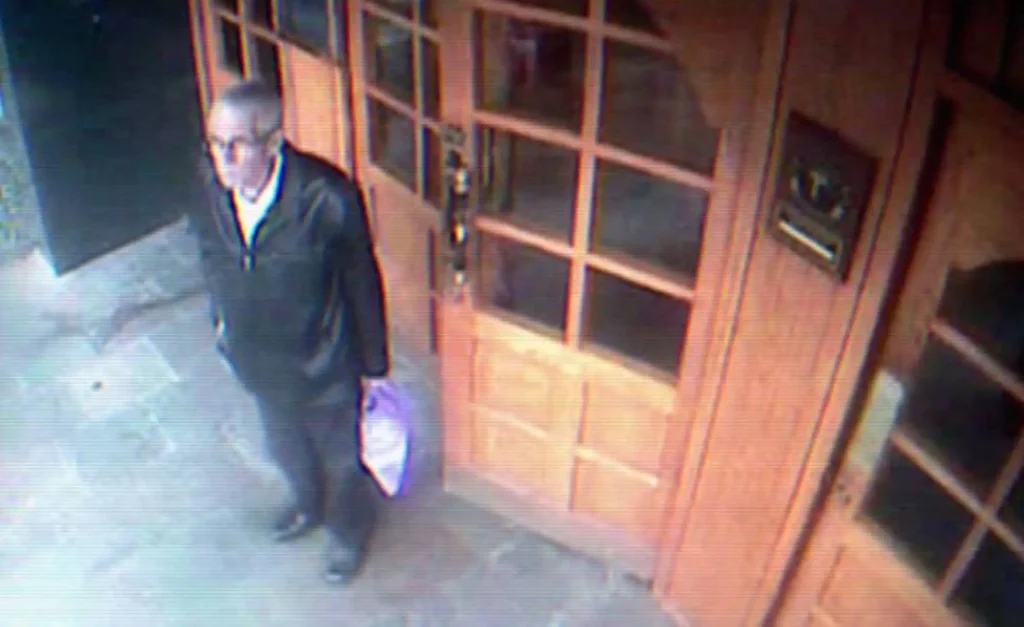

Irish authorities and international police agencies spent years trying to uncover the man’s true identity. But the name of the Sligo Man, the reason for his visit to Ireland, and what he was attempting to conceal remain a mystery.
A body on the beach
On the morning of June 16th, 2009, Arthur and Brian Kinsella went to Rosses Point, located just outside of Sligo, Ireland. Brian was training for a triathlon, and his father accompanied him for a swim.
At 06:45 AM, the two noticed the body of a middle-aged man lying face down on the beach. It appeared that he had accidentally drowned in the ocean as he was wearing purple striped Speedo trunks.
However, the Kinsellas were puzzled because the unknown man also had his underwear over the swimming trunks and was wearing a navy T-shirt.
The father and son contacted the Gardaí (Irish police), who arrived at Rosses Point soon after. The officers found the rest of the man’s clothing on the shore, folded on a nearby rock, but they were unable to locate his wallet or any form of identification.
Curiously, all the labels typically found on clothing had been removed. Dr. Valerie McGowan, the medical examiner sent to the scene, pronounced the man dead at 8:10 AM. The body was then taken to the medical examiner’s office for further examination.
The autopsy
The pathologist who conducted the autopsy of the unidentified man noted that he didn’t drown. However, there were no traces of foul play either. Even though the man appeared to be in good health, the autopsy revealed that he was suffering from advanced prostate cancer and had several bone tumors.
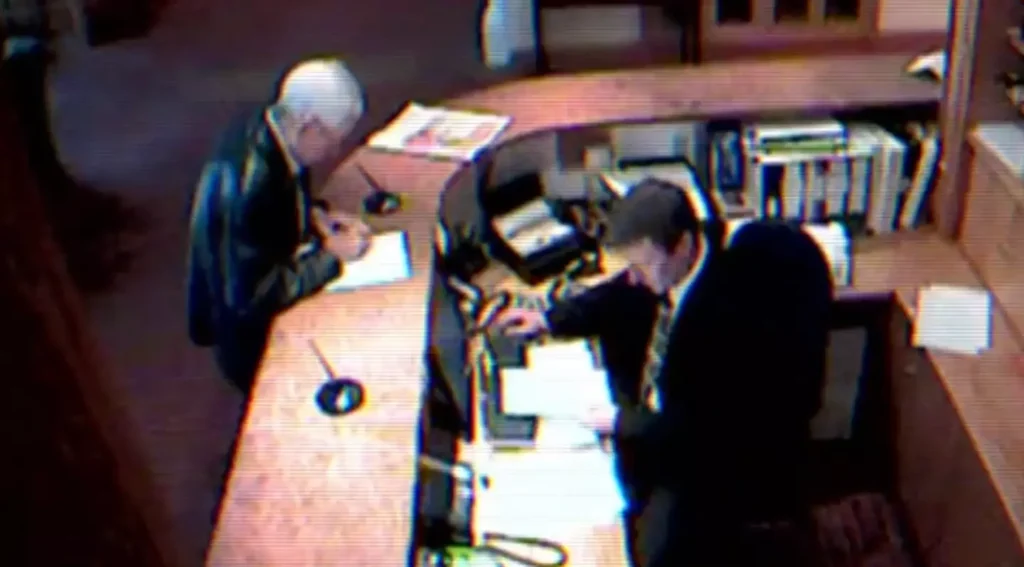
Shockingly, the toxicology report showed no trace of painkillers or any other medication in his system. Given his serious medical issues, it was very likely that he was in severe pain. The pathologist estimated he had just a couple of weeks left to live.
The autopsy revealed that the man had suffered multiple heart attacks earlier in life, and the official cause of death was determined to be acute cardiac arrest.
The Gardaí hoped someone would come forward to identify the man, but it seemed that no one knew who he was. Therefore, they turned to CCTV footage, hoping it would lead them in the right direction.
The stay at Sligo
After reviewing the CCTV footage from the days leading up to the body being washed up on the shore, the Gardaí spotted the mysterious man in Sligo. They managed to find out that he had arrived in the town from Derry, Northern Ireland.
He was first spotted at the Ulster Bus Depot on June 12th, 2009, and boarded a bus to Sligo, carrying two bags. The man arrived at his destination at 6:28 PM and hopped into a taxi at the bus station. The taxi driver later confirmed that the man had asked for a hotel recommendation.
At 6:52 PM, the man checked into the Sligo City Hotel on Quay Street, renting room 705 and paying in cash. The receptionist said the man identified himself as Peter Bergmann and spoke with a thick German accent.
He was never asked for an official ID or any document that could verify his name. The address he provided during check-in was Ainstettersn 15, 4472, Vienna, Austria.
After interviewing the hotel staff, the Gardaí learned that Bergmann was indeed seen wearing the clothes found on the beach near his body. Additionally, he was a smoker, as confirmed by the hotel’s surveillance.
Once the Gardaí knew where Bergmann had been staying, they pulled up the CCTV footage again and managed to follow his footsteps around Sligo. He left the hotel thirteen times while carrying a purple bag, but each time he returned, the bag was gone.
Since the investigators couldn’t determine what he did with the contents of the bag, they assumed he was disposing of his personal items throughout the town.
It appeared that he was aware of the CCTV blind spots and used the bins that were not covered by the surveillance cameras. Unfortunately, the Gardaí didn’t recover any of the personal items disposed of by Bergmann.
During his stay in Sligo, Bergmann also visited the local post office, where he purchased eight stamps and airmail stickers. On June 14th, 2009, he left the hotel after 11:00 AM, hailed a taxi, and asked the driver to take him to a nice beach that’s nearby.
The driver drove him to Rosses Point and watched as Bergmann got out to observe the beach. A few minutes later, he returned to the car and requested to be taken to the Sligo bus station.
Bergmann checked out of the Sligo City Hotel at 1:06 PM on June 15th, 2009. The receptionist noted his luggage had changed, as Bergmann no longer had the same carry-on bag he arrived with. Instead, he was carrying a shoulder bag, a purple bag, and a smaller black bag.
After leaving the hotel, he headed towards the bus station but stopped at Quayside Shopping Center, where he spent a couple of minutes just standing near the doorway.
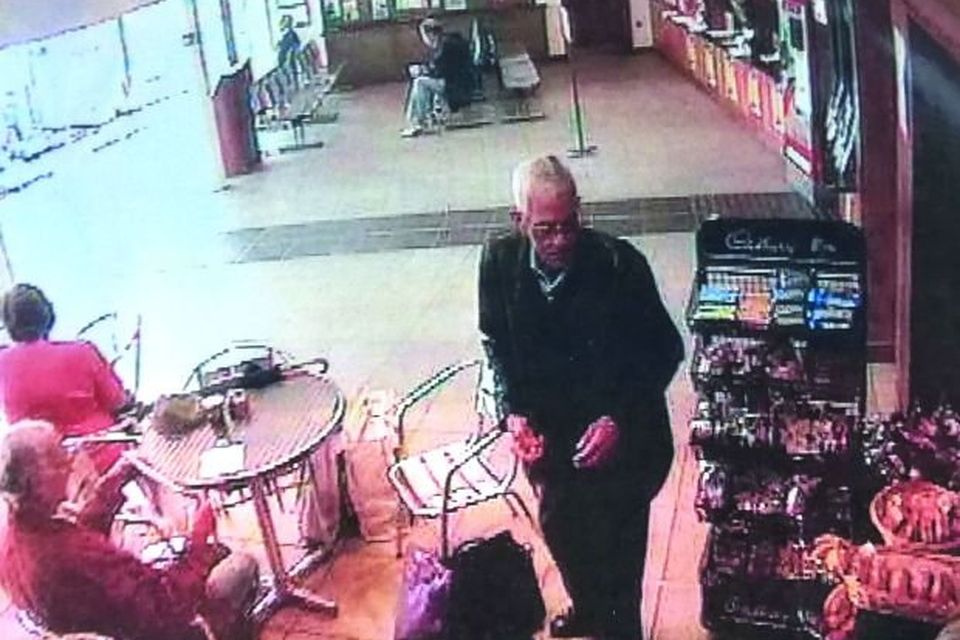
When he arrived at the bus station at 1:38 PM, Bergmann ordered a cappuccino and a toasted ham and cheese sandwich at a small café. Investigators reviewing the surveillance footage noted that the smaller black bag he had with him when leaving the hotel was missing by this point.
While eating his sandwich, Bergmann took a piece of paper out of his pocket, read it, then tore the paper in half and disposed of it in a nearby bin. At 2:20 PM, he boarded the bus heading toward Rosses Point.
Starting at 4:00 PM, at least sixteen people saw Bergmann at the beach. Most remember seeing him just walking along the shore with bags in hand.
Others recalled him standing in the water with his trousers rolled up. The last sighting occurred at 11:50 PM, and Bergmann was still at Rosses Point, walking around.
Despite managing to retrace most of his movements in his final days, the police didn’t come any closer to uncovering the man’s true identity because they soon learned he had given a fake name at the hotel. So, who was Peter Bergmann, and where did he come from?
The investigation
The Gardaí searched the international databases for passports issued to individuals named Peter Bergmann, but none matched the description of the mysterious man who died at Rosses Point. The address he wrote down at the Sligo City Hotel was also a dead end since it didn’t exist in Vienna.
Investigators did manage to identify several pieces of clothing found on the beach near the body, and they were made by a brand called C&A, popular in Austria and Germany. Given that the mysterious man had a German accent, he was very likely from that region of Europe.
The police collected the man’s DNA and fingerprints in an attempt to identify him. However, no matches were ever found.
The media in Austria and Germany shared the description of the mysterious man, hoping someone would recognize him, but no one did. Since no family members came forward, the man known as Peter Bergmann was buried in an unmarked grave in Sligo in September 2009.
Aftermath
After reviewing all the available evidence, it became widely accepted that the man calling himself Peter Bergmann came to Sligo to end his life. He had to be aware of his cancer diagnosis, but it remains unclear why he wasn’t using any painkillers at the time of his passing.
Bergmann probably planned to swim out into the ocean and drown, but his heart gave in, and the tide brought his body back to the shore. However, it is still a mystery why he decided to conceal his true identity.
Without knowing Bergmann’s real name, the Gardaí were unable to determine when he entered the country. While investigators confirmed that he purchased postal stamps before his death, they couldn’t find out if he sent any letters from Sligo to his friends and family.
Notably, the stamps weren’t found in the pockets of the clothes left on the beach. The Gardaí never discovered why Bergmann specifically chose Sligo or if he had any connections to that part of Ireland. But his movement on the CCTV footage suggested he was unfamiliar with the city.
Multiple theories have emerged in the years since the death of Peter Bergmann, including the possibility that he was a spy or somehow connected to law enforcement.
Online sleuths point out that the man went out of his way to avoid surveillance cameras while disposing of his personal items. Some even speculated that he wanted to create a mystery surrounding his death, making it impossible for anyone to identify him.
The story of the Sligo Man intrigued many who compared it to the famous mystery of the Somerton Man, which puzzled Australian investigators for decades. Somerton Man was finally identified in 2022 through the use of DNA, raising hopes that a similar method might reveal Peter Bergmann’s real name.
Not everyone supports this idea, and some oppose digging up the past of a man who tried really hard to hide his identity. Whatever the case may be, the man known as Peter Bergmann probably has someone out there who is wondering what happened to him.
Sources
https://www.imdb.com/title/tt3216358
https://www.irishcentral.com/culture/peter-bergmann-ireland-disappear

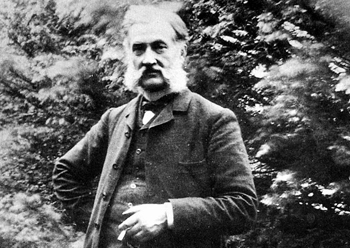

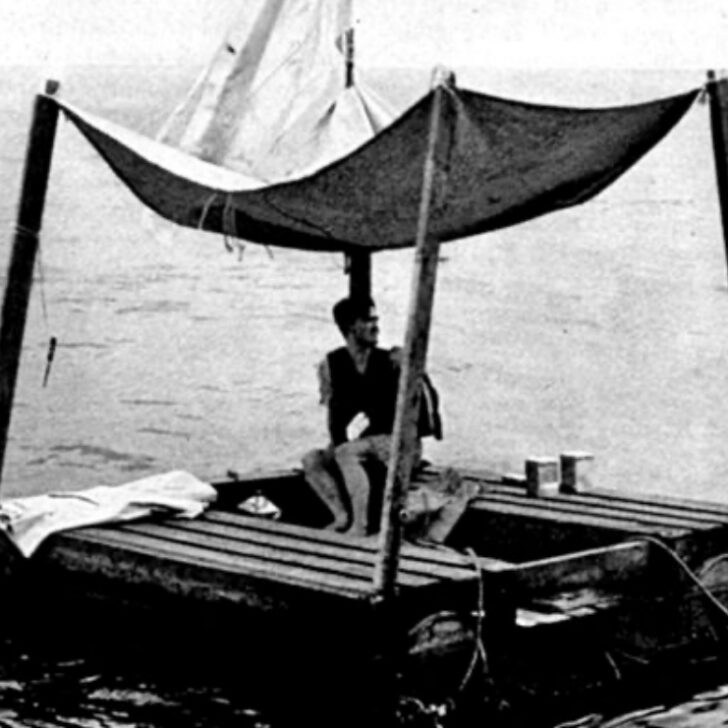


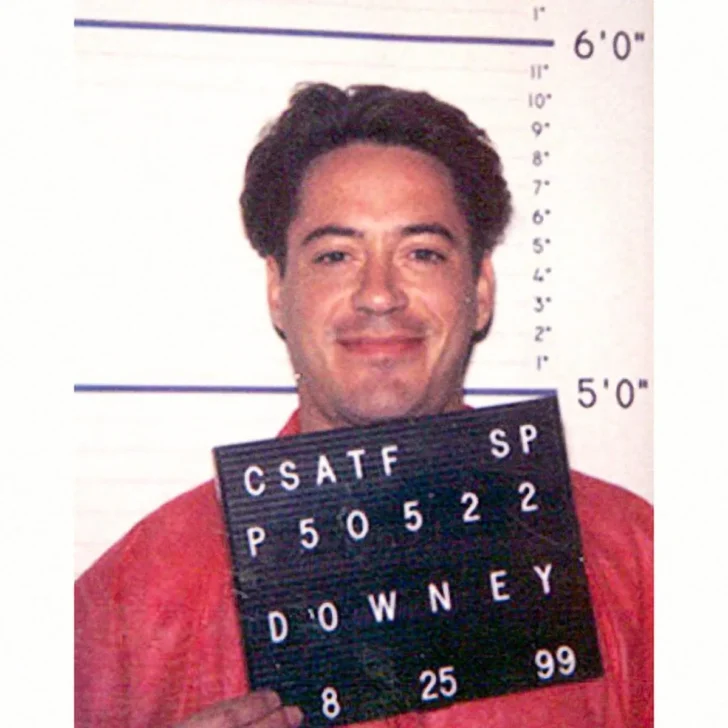

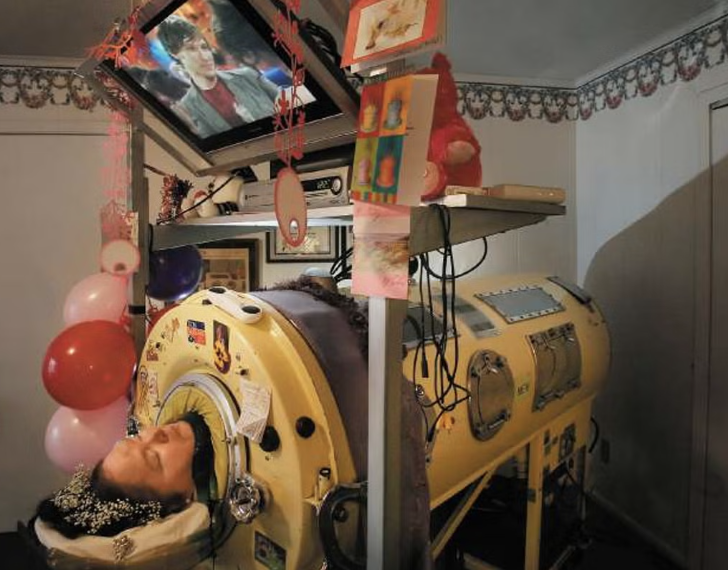

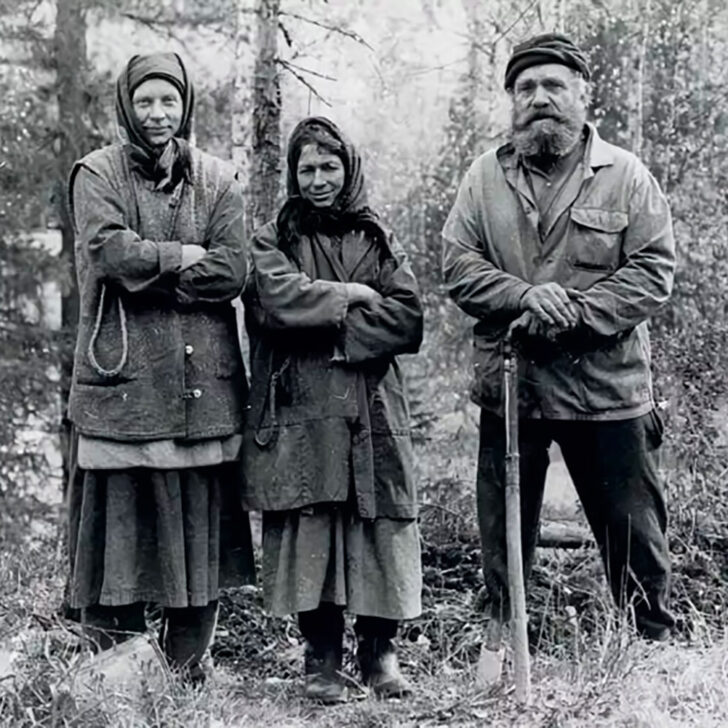


Leave a comment